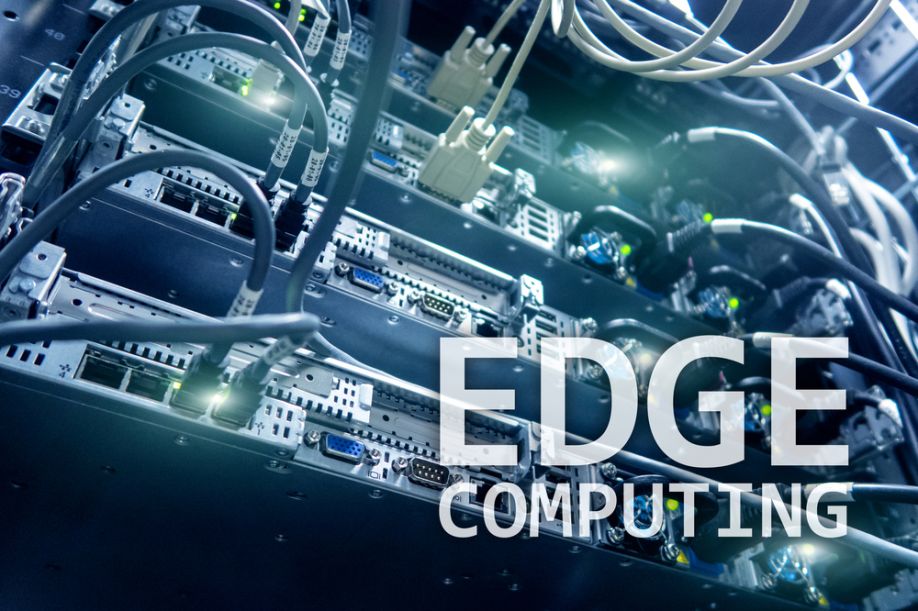Benefits of Edge Computing in Agriculture

Farmers often hesitate to adopt the latest technology. However, edge computing has unparalleled potential for improving farming efficiency. Here is a breakdown of edge computing and how the agricultural sector can benefit from its applications.
What Is Edge Computing?
Edge computing is a distributed computing framework in which all computational processes happen at the edge — where information collection and usage occur — instead of in a central location. To clarify, devices process locally instead of faraway data centers.
It relies on edge devices like routers, robots, sensors and Internet of Things (IoT) gateways to filter and analyze data locally. These devices can handle real-time analysis with enough computing resources, processing power and memory.
This computing framework places as much of the computational workload at the edge as possible. The goal is to rely on data centers as little as circumstances allow — or not at all — to shorten processing times.
There are some scenarios where data centers are still essential. Edge devices can’t handle resource-intensive processing or complex analysis, so the data is rerouted to nearby servers instead. A centralized location is also ideal for long-term storage and management.
While edge computing is emerging, it has quickly become popular. According to some estimates, it will reach 75% of industries as early as 2025. Although agriculture is infamous for being slow to adopt new technology, things may be different with this one.
How Is Edge Computing Used in Agriculture?
Early adopters of edge computing are exploring various ways to use the technology. Here are five ways farmers can apply it to their operations.
1. Crop Management
With edge computing, farmers automatically collect and analyze data from soil and crop sensors. This real-time processing and low latency connection enables them to identify pests early, optimize fertilization and improve irrigation as quickly as possible.
2. Weather Forecasting
Anyone working in agriculture knows how quickly the weather changes. Farmers use edge computing to forecast and prepare their crops and livestock. Sensors analyze local temperature, light, humidity and barometric pressure data, enabling workers to predict storms, wind, rain or heatwaves.
3. Livestock Management
Using a collection of edge devices, farmers can monitor their livestock’s well-being and detect early warning signs of disease. They can even remotely herd if they have drones or other autonomous equipment.
4. Predictive Maintenance
Edge devices mounted on or integrated with agriculture equipment can monitor real-time vibration, motion, temperature and gas. Since they locally filter, process and analyze data quickly, the devices immediately report any signs of impending failure. This way, farmers can predict when their machines will need maintenance before they need repairs.
5. Equipment Management
Although most farmers don’t have autonomous agriculture equipment, it’s catching on quickly. In fact, its market value will increase to $7.7 billion by 2027, up $5.37 billion from 2021. Those who currently or plan to use them can benefit from edge computing.
Edge computing lets autonomous agriculture equipment make real-time adjustments. This data-driven decision-making enables it to optimize routes, avoid obstacles and react to its environment.
What Are the Benefits of Edge Computing?
While agriculture is one of the biggest, most critical industries worldwide, its digitalization rates are among the slowest. Ease of use and value are essential for widespread adoption.
1.More Savings
A 2020 survey shows 91% of respondents would choose a nearby data center provider for better performance and savings. Edge data centers reduce operating costs by processing locally.
Farmers may avoid paying cloud-related fees and bandwidth usage charges with edge computing. It can also save farmers money on labor by optimizing autonomous agriculture equipment.
2.Higher Crop Yields
Autonomous agriculture equipment empowered by edge computing can respond to its environment better. Faster harvesting, more accurate pest detection and optimized routes can increase crop yields.
3.Better Sustainability
Devices processing locally waste fewer resources than those that rely on faraway data centers. Additionally, they can optimize other connected equipment to improve utilization further. When farmers irrigate, fertilize or herd based on data-driven insights, they become more sustainable.
4.Lower Resource Waste
Edge devices monitoring soil can precisely tell when crops need water or fertilizer by tracking phosphorus, nitrogen, potassium and hydrogen dioxide levels in real-time. Optimized irrigation and fertilization wastes fewer resources.
5.Faster Processing
Since edge devices analyze information locally, they don’t suffer the same latency and bandwidth issues as standard data centers. Real-time processing makes devices more useful because they don’t experience lengthy delays. These performance and speed improvements are crucial in the field.
6.Improved Security
Rural farmers benefit from edge computing because they no longer need to rely on nearby data centers. When they have to analyze and store everything in the cloud, they risk experiencing breaches. Local processing keeps information on their own devices, making it more private and secure.
Should Farmers Adopt Edge Computing?
Even though many farmers are comfortable with a more traditional, manual way of doing things, they should consider adopting modern tools. While edge computing does have its challenges, it provides wide-ranging benefits for crop and livestock farming.
If farmers want to digitize their operations, edge computing is the way. Since those in rural areas don’t have access to local data centers, processing and analyzing at the edge is the next best choice. Those real-time adjustments and insights differentiate between a profitable year and a loss.
Comments (0)
This post does not have any comments. Be the first to leave a comment below.
Featured Product

